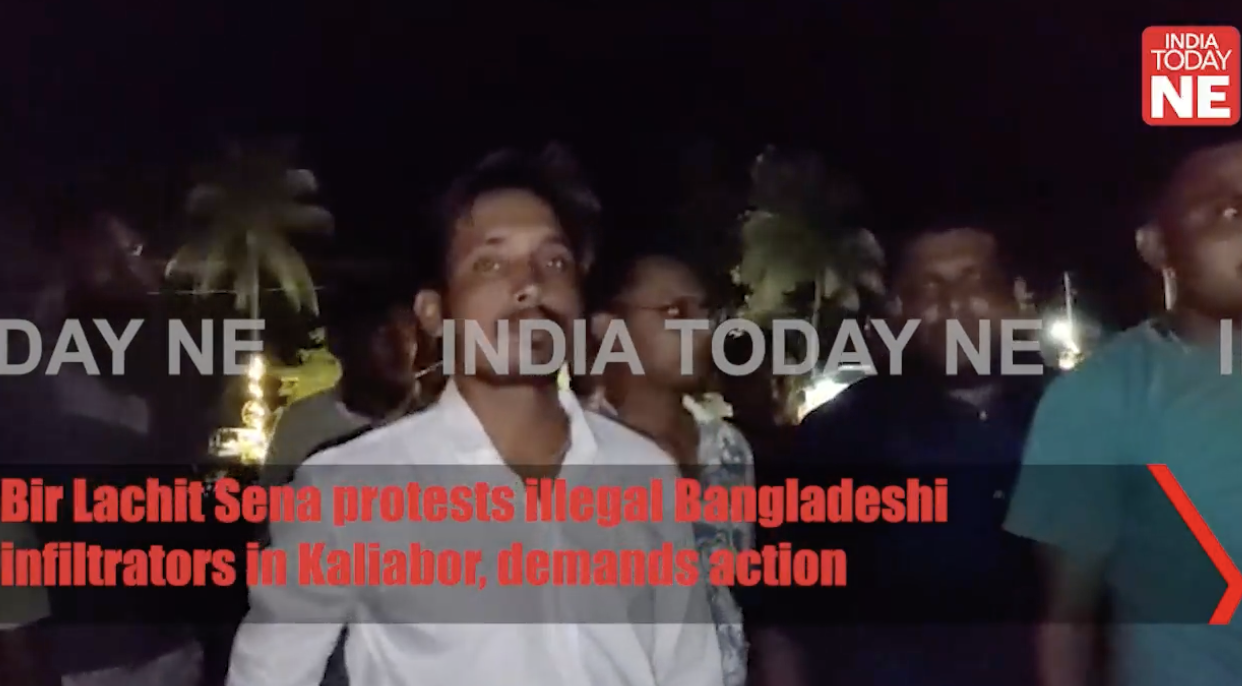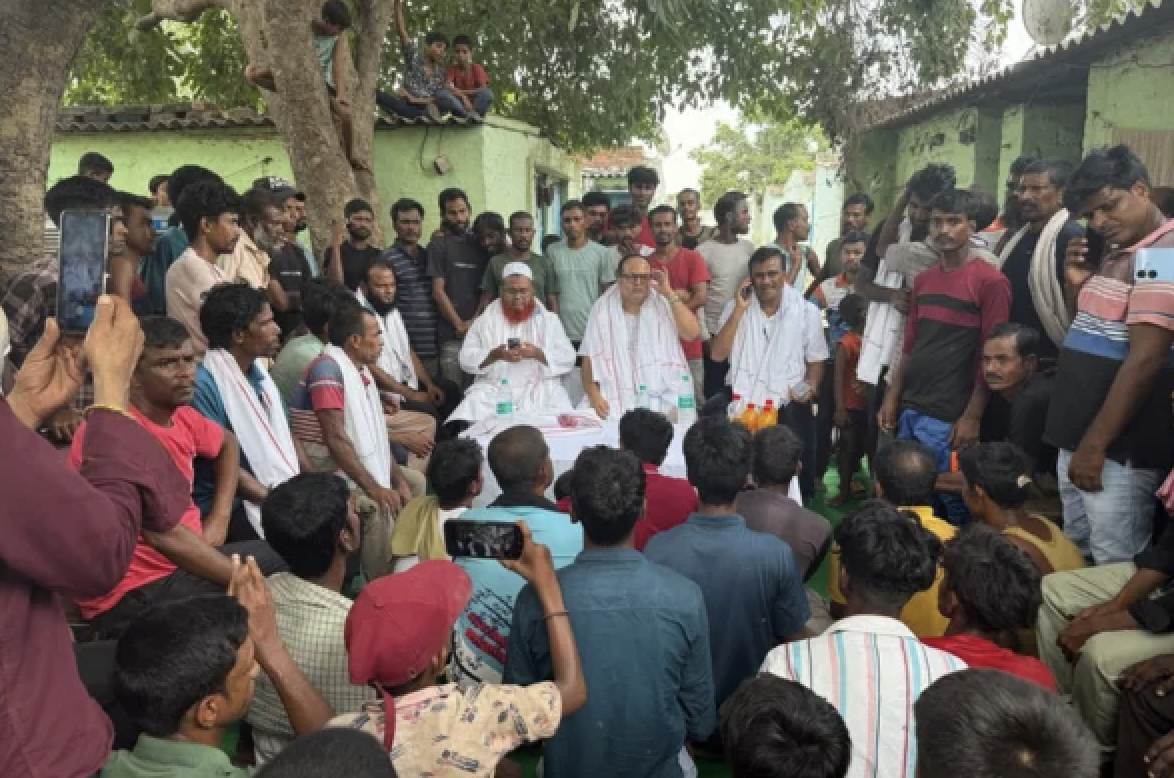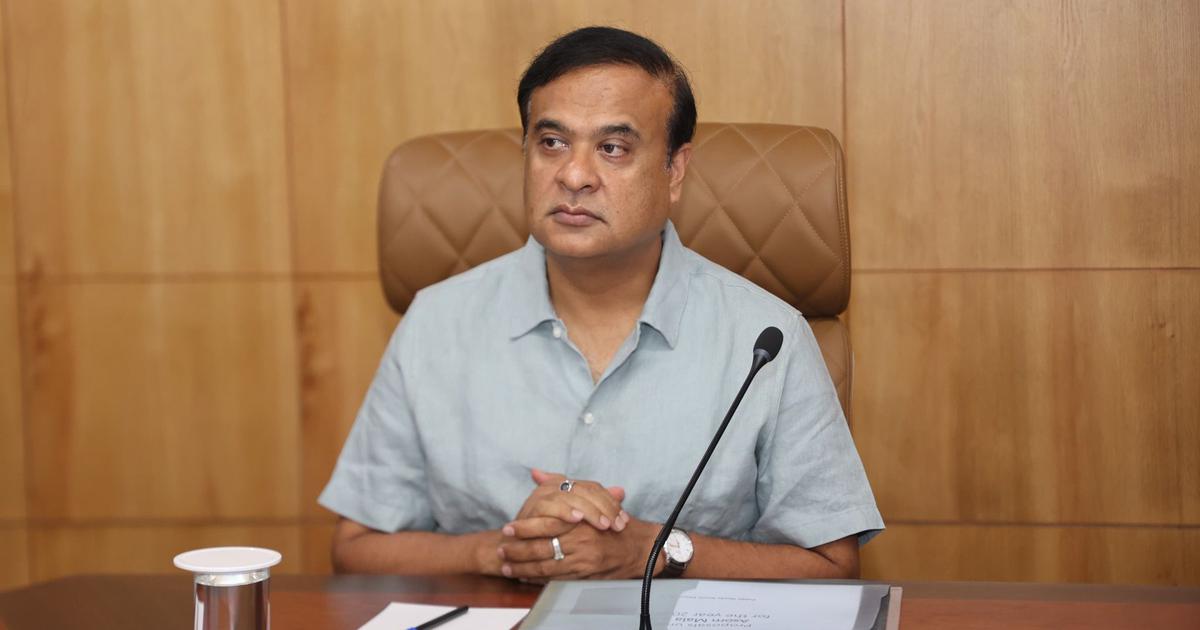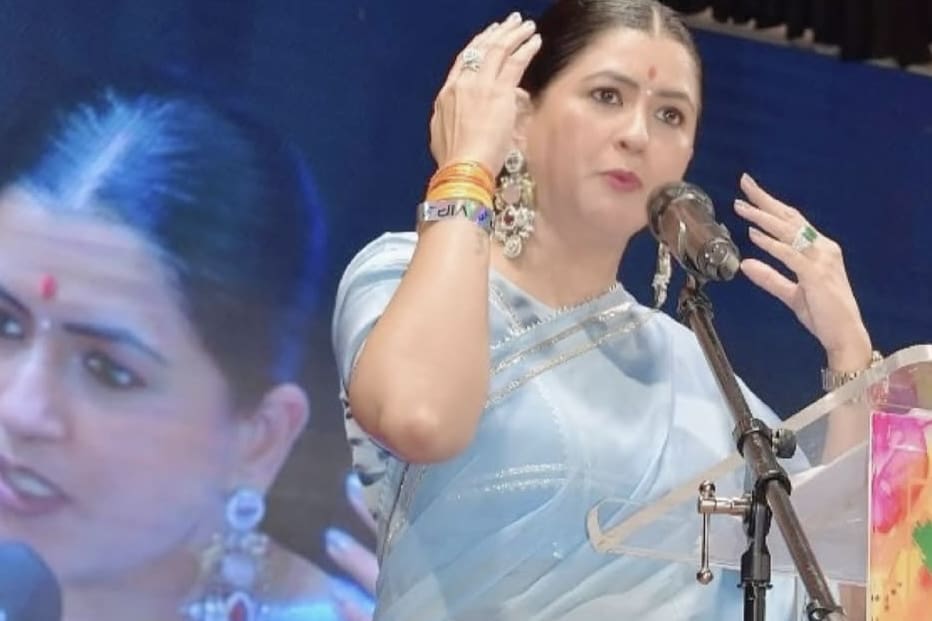
By Ismat Ara
New Delhi: Marking the second anniversary of the police crackdown on students protesting in the Jamia Millia Islamia University campus against the enactment of the Citizenship Amendment Act (CAA) in December 2019, students, activists, other civil society members on Wednesday, December 15, recounted the police brutality that had left several injured. However, they vowed to carry forward the spirit of anti-CAA protests to save democracy in India.
A number of eyewitnesses and survivors of the police action shared their experience of what they had seen on the Jamia campus on the fateful days of December 13 and 15, 2019 when police entered the university and used force on protestors.
Several students who were not part of the protest were also severely injured, including Minhajuddin, a student who lost his eye during the incident. He was reading in the library.
On Wednesday, an event was organised at the Press Club of India in Delhi to mark two years of police action. There was also a photo exhibition, ‘Documenting Representation and Resilience through the Lens’, bringing to light police excesses against anti-CAA protestors. The photos were combined efforts of students Mohammad Haris and Mohammad Meherban, who were present on the campus at that time.
At the press conference organised by the Jamia unit of the All India Students Association (AISA), the People’s Union for Democratic Rights (PUDR) released a fact-finding report on the violence while demanding an FIR against the Delhi Police for the “brutal use of force” in and around Jamia Millia Islamia University. It also called for an inquiry commission to be set up to examine the “excessive use of force and wanton acts of destruction by the Delhi Police”.
It may also be recalled that in February this year, a Delhi court had rejected the university’s application seeking an FIR (first information report) against Delhi Police.
Reliving horrors of police repression
Recalling the police action in December 2019, Akhtarista Ansari, who was in the campus two years ago, said, “The students were attacked inside the university with brutality; even those who were silently praying in the mosque. Students were abused, called Pakistanis, Jihadis and beaten up like criminals.”
“Jamia was attacked because Muslims students were protesting against an anti-Muslim and Islamophobic government,” she said, adding students who were injured that day were not victims but “fighters”.
Author Farah Naqvi, who moderated the event, said that the students of Jamia had demonstrated immense courage by organising the event to mark the second anniversary of police action on Jamia.
Referring to the A++ grade secured by the university recently – the highest grade given by the National Assessment and Accreditation Council (NAAC) to an institution based on various parameters – Naqvi said, “Despite all attempts to discredit the university, and brand its students as terrorists, the university stands at number one.”
She said that students and others who gathered at the event marked their presence in the list of people who refused to overlook acts of injustice.
She added that such events were organised to avoid “amnesia,” or the loss of memory, which would ultimately weaken the resolve for justice among students who were brutalised and humiliated two years ago.
Recalling the horrors of December 15, 2019, Naqvi said, “Even as an experienced activist, that night got me nervous, and gave me goosebumps. The students were limping and injured when they were finally let out of the police stations.”
Naqvi lamented that the mainstream media was moving away from “true reporting from the ground”. “Take the example of Khurram Parvez, who was arrested because the government did not want him to bear witness to the injustice being done in Kashmir,” she said.
Continuing on Parvez’s arrest, writer Arundhati Roy, the keynote speaker of the event, also reiterated the demand for the release of human rights’ activist. “He stood against the brutality of the military, and his organisation documented the horrors of the Indian state. How can anybody in a democracy be picked up and kept in jail for years without a trial?” she wondered.
Roy added that the students of Jamia, AMU and others who “stood up” to CAA were being targeted, referring to the arrests of young student activists in the aftermath of the Delhi riots. She demanded the government to take back the CAA, just like it repealed the farm laws recently.
Roy also said that prime ministership must be restricted to one term. “One nation, one term,” she said, referring to the BJP’s oft-used “one nation” rhetoric that tries to present India as a monochromatic entity.
Anugya Jha, a fourth-year student of law at Jamia, said memories from December 13 and 15 were the shared memories of everybody who suffered police “brutality”.
“I remember how my friends were made to hold their hands up and walk, like criminals,” she recounted.
Radhika Chitkaram from the People’s Union for Democratic Rights (PUDR), one of the key persons involved in the fact-finding report on the violence in Jamia Millia Islamia as well as Aligarh Muslim University, said that the report concluded that the police unleashed excessive force not only on the university students but also on the university staff, guards and residents in the locality.
“The actions taken by the police made it very clear that the government wanted to quell any emerging Anti-CAA protests. It was not meant to control the law and order situation, but to maim, terrorise and inflict maximum harm on students. This was evident from the nature of the police deployment,” she said.
She added that the series of curfews, barricades, attacks and internet shutdowns across several parts of the country was an attempt to put an end to protests. The findings of the report titled ‘Bloody Sunday 2019’ are based on investigations by PUDR, providing a picture of police terror with the intent to quell dissent.
Citing the report, Chitkara said that the police “obstructed and denied medical care to dozens of injured and unlawfully detained students, and denied them legal aid”.
Fawaz Shaheen and a former student of AMU, said that he made a quick decision to leave for AMU on the night of December 15, 2019. He is a researcher at the Quill Foundation, an autonomous research and advocacy group.
“There were many people at Jamia. Alerts from AMU were also coming but very few people were actually there. When we reached at around 3 am, the broken door of the university was lying on the floor. The campus was silent like never before. There were clear signs of destruction,” he recalled.
He added that a large contingent of the Rapid Action Force (RAF) had taken over the university campus. “They were picking up used tear gas shells, picking up bikes in trucks to later use it to send notices to students.” Several injured students were admitted to trauma centres, and at least three were in the Intensive Care Unit (ICU), he added.
“The doctors refused to look at us. One student was constantly getting seizures. Everybody including the guards was clearly as unsettled as us. One of the guards told us that about 60 students had been brought to the trauma centre,” he noted.
When he spoke to students, he said, he found that the RAF officers had actively jeered and dared students by using racialised slurs, abuses with an intent to provoke them. “They barged into the campus and used water cannons, lathicharge, and tear gas to disperse students. They were chased into bathrooms. Some students started shaking white handkerchiefs and told the force that they have surrendered, and should not be beaten up further.”
Continuing further, he said, “The force broke the windows of one of the rooms where students were hiding and threw tear gas inside. Due to asphyxiation, the students ran outside and were beaten up by the forces. One student who was a Kashmiri was tied to a tree and then beaten.”
“The police were not there for controlling the crowd, but to punish them,” he added.
Banojyotsna Lahiri, an activist, said that the struggle to save India’s democracy must continue. “The anti-CAA protests have taught us the way, and we have to carry forward the learnings,” she said while concluding the press conference.
Safoora Zargar and Asif Iqbal Tanha, who had been arrested under UAPA and are now out on bail, were also present at the press conference.
‘Befitting response to attack against the university’
Incidentally on the same day, Wednesday, the university administration held a press conference in connection with the university securing the NAAC A++ grade.
While answering a question from this correspondent, vice-chancellor Najma Akhtar said that the university did not get demoralised on the day of the attack by police and the current ranking was a befitting response to the attack on the university.
“We would have lost on that day itself if we had accepted defeat,” she told this correspondent.
“We are alive today and doing well. The students who were injured that day when the police came in are back on their feet. We have not let that day make us lose hope and accept defeat, but instead, we rose up and bettered ourselves,” she added.
The vice-chancellor also said that the A++ NAAC ranking was a result of the team effort of the Jamia faculty, who had successfully dealt with challenges posed to teaching when in-person classes were banned due to the COVID-19 pandemic.
This story first appeared on thewire.in






